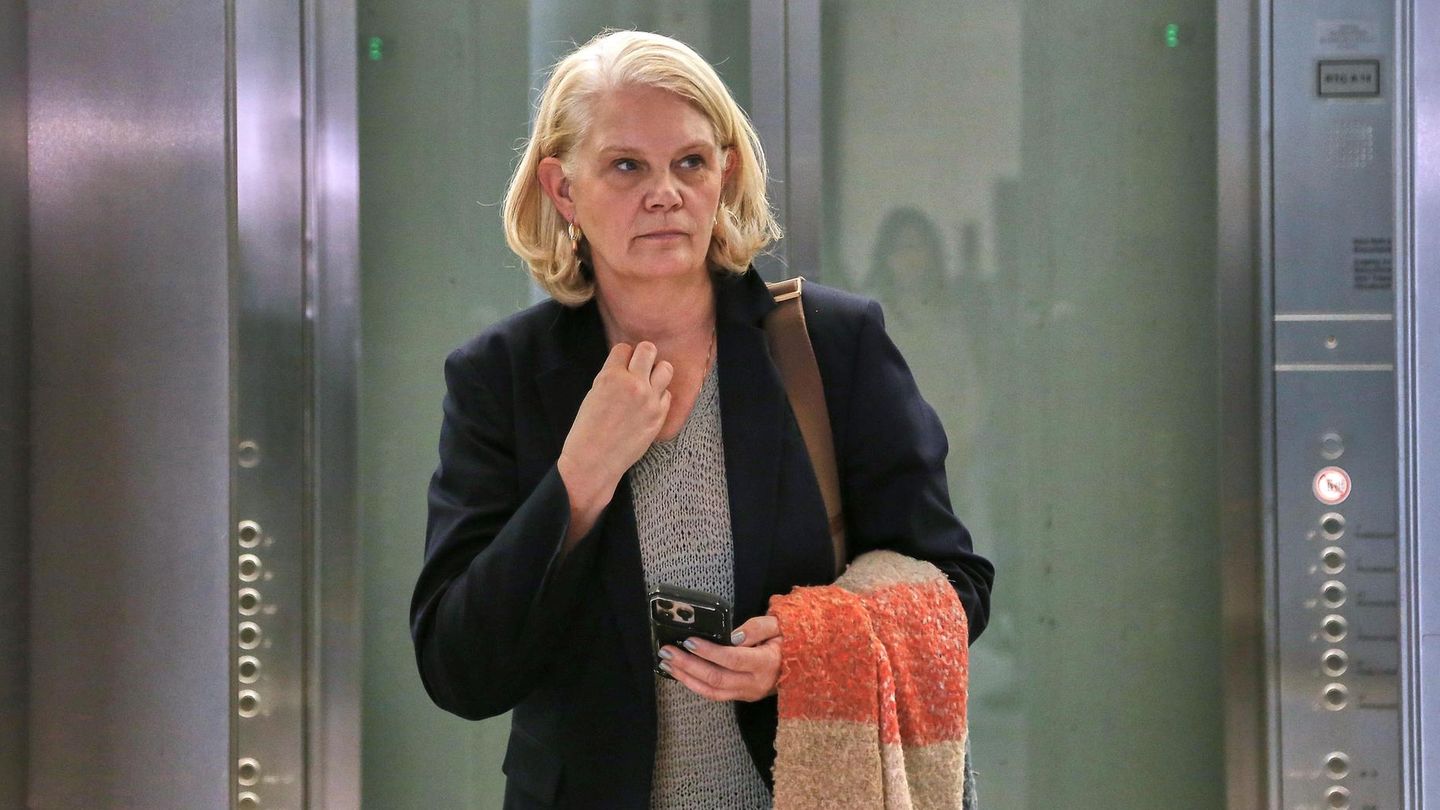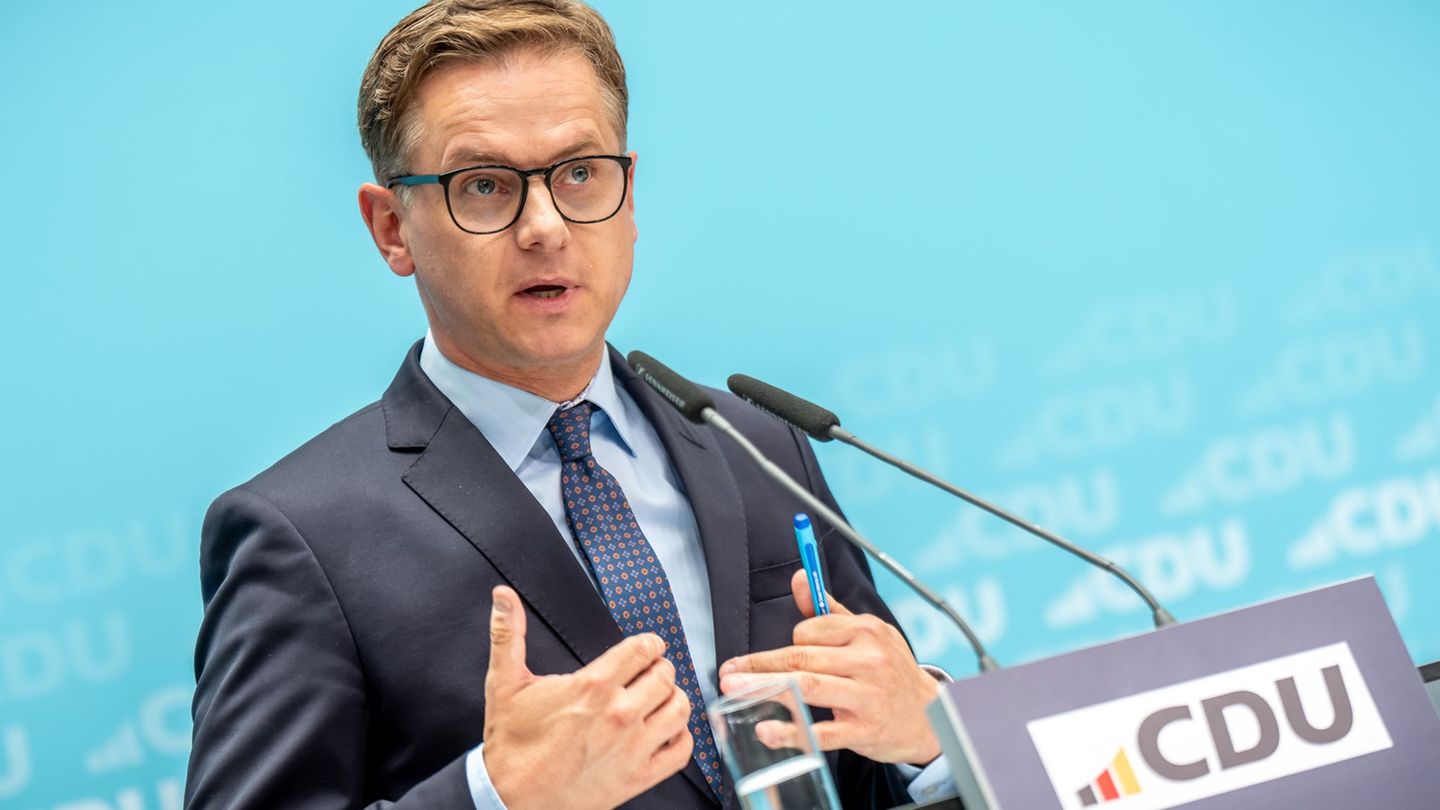“Unknown Unknowns” In this concept there are the greatest risks but also the greatest opportunities for executive leaders.
In the business world, uncertainty seems to be a constant. According to the report on the future of the World Economic Forum, 42% of Argentine talents will change their skills in the next five years, a percentage greater than the global average, of 39%. In addition, 63% of executives expect inflation to continue impacting their businesses over the next two years, according to the Alpha Partners Disruption Index 2025 report.
The content you want to access is exclusive to subscribers.
However, there is an even more challenging type of uncertainty: The unknown unknowns. This concept was popular by Donald Rumsfeld, who was Secretary of Defense of George Bush. Rumsfeld referred to the UNKNOWN UNKNOWNS during a press conference in 2002 where there was talk about a report that analyzed the lack of evidence of the relationship between the Iraq government and the delivery of weapons to terrorist groups. Although Rumsfeld led him to public discourse, the idea has deeper roots.


In 1955, Psychologists Joseph Luft and Harrington Ingham developed the “Johari Window”, a tool that analyzes the communication process and interpersonal dynamics. The window recognizes that there are four areas of knowledge and consist of more or less the following:
- Known Knowns (known-known): Things we know and understand, such as the annual reports that a company must make.
- KNOWN UNKNOWNS (Known-known): Things we know that we do not understand, for example the future impact of emerging technologies such as artificial intelligence.
- Unknown Knowns (unknown-known): Things we understand, but we are not fully aware that we know, such as tacit knowledge to solve an urgent problem, but that was never written in a manual.
- Unknown unknowns (unknown-unknown): Things we don’t even know that we don’t know, such as the emergence of a pandemic.
It is in the latter where The greatest risks reside but also the greatest opportunities for executive leaders. Especially in Latin America it is essential to understand and manage the unknown unknowns. It is a mistake to think that a company can make predictions 100% correct and reliable. Being looking for the maximum certainty, many times executives forget uncertainty, to consider scenarios and risks so that when something unknown and unexpected we can act strategically.
Therefore, although we cannot predict the future exactly, we can prepare better, identify weak patterns before others and strengthen the resilience of our organizations. To achieve a more comprehensive view of the scenarios there are various strategies:
- Promote diversity. Various teams in gender, experience and ways of thinking help better identify the risks and opportunities that a more homogeneous group would overlook.
- Implement scenarios analysis. You cannot foresee a single future. Therefore, by designing multiple possibilities we can understand the environment more appropriate and prepare more agile tools and strategies.
- Accept doubt as part of the process. The desire for certainty can block roads. In this way, adopting an opening mentality allows us to recognize the limits of knowledge and adapt better.
- Make decisions despite uncertainty. Prolonging a decision is also a decision in itself. When a leader faces uncertain scenarios, the paralysis that crosses and a very long analysis of the situation may be more expensive than acting imperfectly, but informed.
- Make projections responsible. Performing predictions does not mean guaranteeing results. A responsible leader has the capacity to teach his team that the future is full of indecisions and opportunities, and that managing risks does not imply eliminating doubt, but knowing how to live with it. According to the global survey on crisis and 2023 resilience of the PWC consultant, only one third of organizations have the basic elements for true resilience.
Leading in uncertainty contexts goes beyond having precise data or building optimistic scenarios. It implies assuming decisions without absolute certainties, with the courage necessary to move forward and humility to recognize that there are variables that even escape our knowledge.
Even when we have good information, it is not always possible to anticipate the real course of events. Accepting this condition is key.
The organizations that understand this reality – which we all share today – are the ones that manage to adapt better. These are able to find opportunities in disruption, to advance with determination even in the midst of instability. Over time, this attitude can also be reflected in a concrete improvement of performance and greater resilience against market challenges.
Associate Director of the Executive Search.
Source: Ambito
David William is a talented author who has made a name for himself in the world of writing. He is a professional author who writes on a wide range of topics, from general interest to opinion news. David is currently working as a writer at 24 hours worlds where he brings his unique perspective and in-depth research to his articles, making them both informative and engaging.




